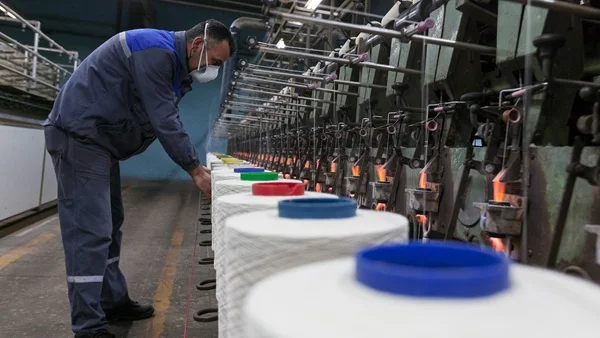SERTIFIKASI KEBERLANJUTAN KAMI
-
Registered users can place Bulk Orders . Contact local Coats office for registration.
Ikhtisar
Tujuan kami di Coats adalah untuk membuat kegiatan bisnis kami benar-benar berkelanjutan dan menyediakan produk dan layanan yang memberikan opsi yang berkelanjutan kepada pelanggan kami dan semua pengguna berikutnya.
Rantai pasokan tekstil cukup kompleks dan bertingkat, tetapi kami sangat yakin bahwa hanya dengan bekerja sama di seluruh jaringan grup formal maupun informal, pemain dalam rantai pasokan dapat secara signifikan meningkatkan standar kepatuhan dan mempertahankan izin industri untuk beroperasi sembari juga memenangkan hati dan pikiran pelanggan dalam persaingan bisnis yang kompetitif di seluruh dunia.
Mengelola sumber daya yang berharga secara bijak
Tanpa air kami tidak dapat membuat benang. Sebagian besar air yang kami gunakan adalah untuk proses pewarnaan produk kami, namun air tersebut juga digunakan untuk memproduksi bahan mentah yang kami butuhkan dan selama proses manufaktur. Air adalah sumber daya yang vital dan merupakan sumber daya bersama, dan kami harus memastikan bahwa kami menggunakannya secara efisien, terutama karena air merupakan sumber daya yang langka di beberapa bagian dunia.
Sebagai tolok ukur, kami telah melakukan pengurangan konsumsi air yang cukup besar selama beberapa tahun terakhir, yang mencapai 28% dalam 6 tahun hingga 2018. Kami telah berkomitmen untuk terus mengurangi konsumsi air ke tingkat yang lebih tinggi selama periode berikutnya hingga 2022. Pada tahun 2019, kami berhasil mengurangi penggunaan air hingga 2% saat kami mengenalkan dan memberikan pelatihan kepada orang-orang tentang pendekatan baru ke pengelolaan air yang akan meningkatkan pengurangan konsumsi air pada tahun-tahun mendatang.
Pengurangan ini terutama akan melalui perubahan proses yang kami gunakan, tetapi juga melalui peningkatan kesadaran di kalangan karyawan kami.
Jika biasanya proses pencelupan di mesin tradisional membutuhkan banyak air, namun dengan mesin baru kami hanya membutuhkan setengah dari air yang biasanya digunakan di mesin tradisional, jadi kami mengganti mesin lama dengan mesin baru dan menambah kapasitas, sehingga kami dapat menghemat banyak air. Kami juga telah mengembangkan pendekatan baru yang memungkinkan kami mendapatkan beberapa manfaat yang sama pada mesin yang sudah ada.
Kami juga telah menambah jumlah air limbah yang kami daur ulang, yang saat ini mencapai 24% dari jumlah total yang kami gunakan. Misalnya, di unit produksi kami di Sevier, AS, kami telah mulai mendaur ulang air yang dikeluarkan dari sistem AC berpendingin air, sehingga menghemat 10% dari total penggunaan air di lokasi setiap tahunnya.
Energi terbarukan untuk masa depan yang berkelanjutan
Penggunaan bahan bakar fosil dan emisi gas rumah kaca terkait berkontribusi terhadap perubahan iklim. Perubahan iklim dapat berpotensi merugikan bisnis kami serta masyarakat yang kami layani, ketika suhu global meningkat dan pola cuaca terpengaruh. Kami bertanggung jawab untuk mengurangi kontribusi kami terhadap perubahan iklim ini dan juga membantu mengurangi risiko ini.
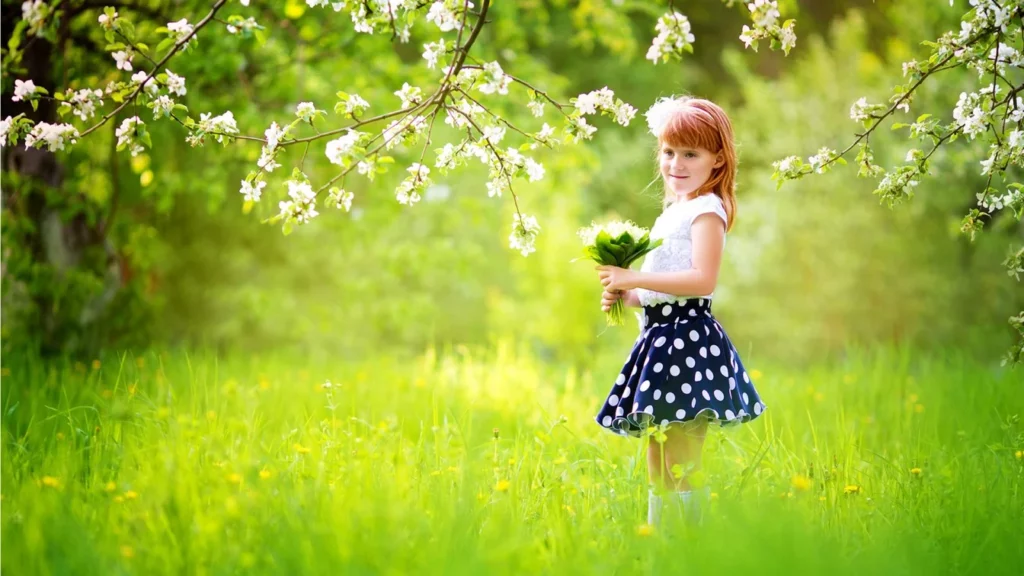
Dalam 6 tahun hingga 2018, yang merupakan tahun dasar baru kami, kami mengurangi total emisi sebesar 19% saat produksi meningkat, sehingga intensitas emisi kami turun sebesar 25% selama periode ini. Pada tahun 2019, kami menghasilkan 275 ribu ton emisi gas rumah kaca. Hal ini merupakan pengurangan sebesar 3% dibandingkan dengan periode yang sama pada tahun sebelumnya, saat volume produksi menurun sebesar 2%, sehingga pengurangan bersih dalam intensitas emisi adalah 1%.
Kami bertujuan untuk lebih menggunakan energi terbarukan, terutama dalam bentuk listrik. Tahun lalu, 32% dari bauran energi kami adalah terbarukan.
Melindungi planet kita
Untuk memastikan pertumbuhan yang berkelanjutan, saat ini dan pada masa mendatang, penting bagi kami untuk menggunakan sumber daya secara efisien. Kami mengurangi, menggunakan kembali, dan mendaur ulang limbah kami, menggunakan sumber daya secara ekonomis dan membatasi pembuangan limbah ke TPA.
Sejak tahun 2018, kami telah fokus pada perluasan pelaporan limbah kami untuk mencakup seluruh bidang kegiatan bisnis kami dan membentuk dasar untuk target pengurangan pada masa mendatang. Pada tahun 2019, sebanyak 9% dari bahan yang kami beli menjadi limbah yang 71%-nya digunakan kembali atau didaur ulang.
Selanjutnya, kami semakin sering menggunakan limbah orang lain untuk menghasilkan produk daur ulang baru yang inovatif. Misalnya, kami memproduksi benang EcoVerde daur ulang dari botol minuman plastik (PET) bekas. Coats EcoVerde adalah benang jahit kualitas prima 100% daur ulang yang tersedia pertama kali secara global di pasaran dan menawarkan tingkat kinerja yang telah terbukti sama seperti benang non-daur ulang terkemuka di industri. Produk inti di jajaran benang ini diluncurkan pada tahun 2018 sehingga penjualannya saat ini masih kecil tetapi permintaannya berkembang pesat. Kami juga memproduksi ritsleting berbahan logam dan plastik daur ulang; yaitu Opti M EcoVerde dan Opti S EcoVerde. Kami juga telah meningkatkan penggunaan bahan daur ulang dalam kemasan produk kami dan saat ini menyumbang sebesar 60% dari kemasan kami. Kami juga melakukan uji coba dengan pelanggan untuk mencoba mengurangi jumlah kemasan yang kami gunakan untuk produk kami.
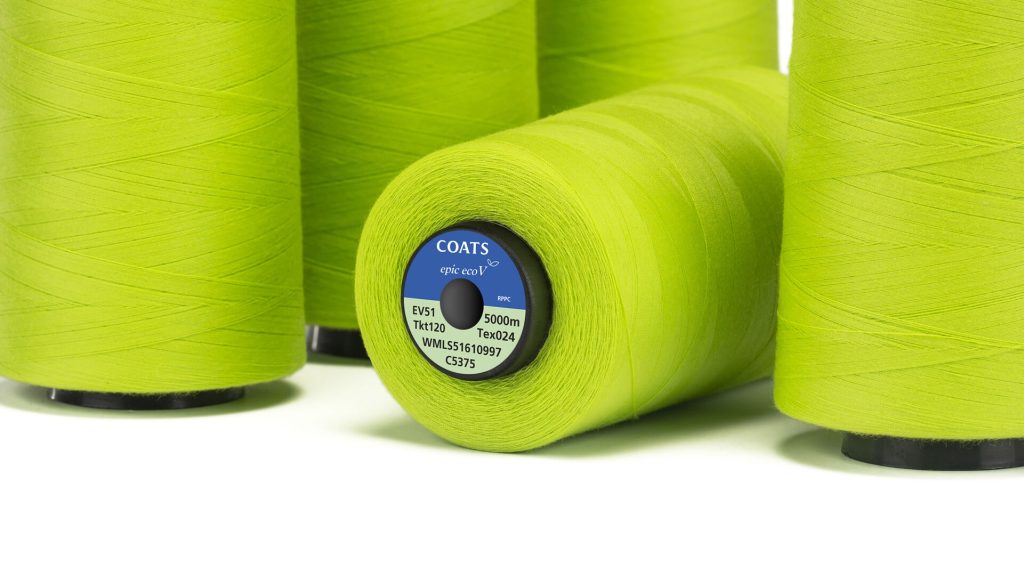
Kami juga bekerja sama dengan pelanggan untuk membantu mereka dalam penggunaan bahan yang lebih berkelanjutan dan mengurangi limbah mereka. Misalnya, kami telah mengembangkan produk termoplastik berkinerja tinggi dan canggih yang ringan namun sangat kuat untuk digunakan dalam industri otomotif dan dirgantara, yang dapat membantu mengurangi bobot kendaraan sehingga membuatnya lebih efisien untuk dikendarai. Bahan-bahan ini dapat dibentuk menjadi bentuk dan ukuran yang tepat, hampir tanpa limbah, dan juga dapat didaur ulang pada akhir masa pakainya.
ZDHC
At Coats, we aim to ensure that the effluent that we discharge from our manufacturing facilities has minimal impact on the environment around our factories.
We are members of the Zero Discharge of Hazardous Chemicals (ZDHC) programme which aims to eliminate hazardous chemicals from the global textile, leather and apparel & footwear supply chains and ensure that effluent is properly treated. The programme’s vision is to have ZDHC guidelines and tools become the accepted industry standard.
Launched by six leading brands in 2011, the ZDHC Programme has since grown to 30 signatory brands and 123 contributors from the chemical industry, textile manufacturing and testing and accreditation laboratories Coats has joined as a Contributor in the Textile and Footwear industry.
We have robust programmes in place to ensure we always comply with local legislation. Although local legal requirements are becoming more and more stringent, weare going further, by investing in new technology to ensure that all of our effluent will meet ZDHC Wastewater guidelines by 2022. Over the past five years, we have spent or have committed to spend over $20 million on new effluent treatment plants and technology Projects include a zero liquid discharge plant in one of our largest facilities in India.
We have also started a programme to automate and enhance the testing of wastewater from our manufacturing sites. The new system automatically measures the water quality and triggers an alarm if any of the key parameters gets close to, or above, the limits we have set. This enables us to monitor wastewater quality in real time and decide what action to take to continuously ensure our compliance with required standards. We have also been successfully trialling a system that automatically blocks effluent discharge if key parameters are breached. Our aim is to progressively install this system across our units.
ZDHC have their own Manufacturing RSL which we ensure is included within our own Coats MRSL. Our acceptable limits are often much lower than the ZDHC MRSL limits, to ensure that we are fully compliant with customer expectations.
OEKO-TEX®
In recent times the world is much more focused on ecology.
Leading garment brands and retail chains worldwide which manufacture children’s clothing, bed linen and textiles worn next to the skin are promoting their products with STANDARD 100 by OEKO-TEX®, because it distinguishes ecologically safe textiles from textiles that contain or may contain harmful substances such as formaldehyde, heavy metals, pesticides, etc.
The principle objective of STANDARD 100 by OEKO-TEX® is to ensure that the certified products are not detrimental to human health, when in contact with the skin. The possession of a STANDARD 100 by OEKO-TEX® certificate has become a deciding factor when selecting suppliers for textile products.
At Coats, all of our apparel and footwear manufacturing facilities produce products that are STANDARD 100 by OEKO-TEX® Class I certified, the most stringent class covering textile items suitable for babies and toddlers.
The Origin of OEKO-TEX®
In the 1980’s, The Austrian Textile Research Institute in Vienna prescribed an innovative standard known as Austrian Textile Standard (OTN 100). Similarly in very early 1990’s, the Hohenstein Research Institute in Germany, renowned for its work in the field of clothing physiology, developed Hohenstein Eco Check. The combined experiences of these two pioneering institutions led to the creation of the International Association for Research and Testing in the field of Textile Ecology, also referred to as the International OEKO-TEX® Association.
Today, the International OEKO-TEX® Association is a group of 18 well-known textile research and test institutes with representative agencies and contact offices in over 70 countries worldwide and is responsible for testing harmful substances according to the STANDARD 100 by OEKO-TEX®.
STANDARD 100 by OEKO-TEX®
The STANDARD 100 by OEKO-TEX® is a globally-uniform testing and certification system for raw textile materials, intermediate and end products at all stages of processing, based on their ecological properties on humans. This standard includes an analysis of harmful substances, prescribing a scientifically determined limit value for each substance. The modular principle of OEKO-TEX® ensures that textile products at all stages of the processing chain are tested for harmful substances and certified accordingly.
The product label ‘Confidence in textiles’ is the most widespread and widely recognised international trademark in testing textiles for harmful substances.
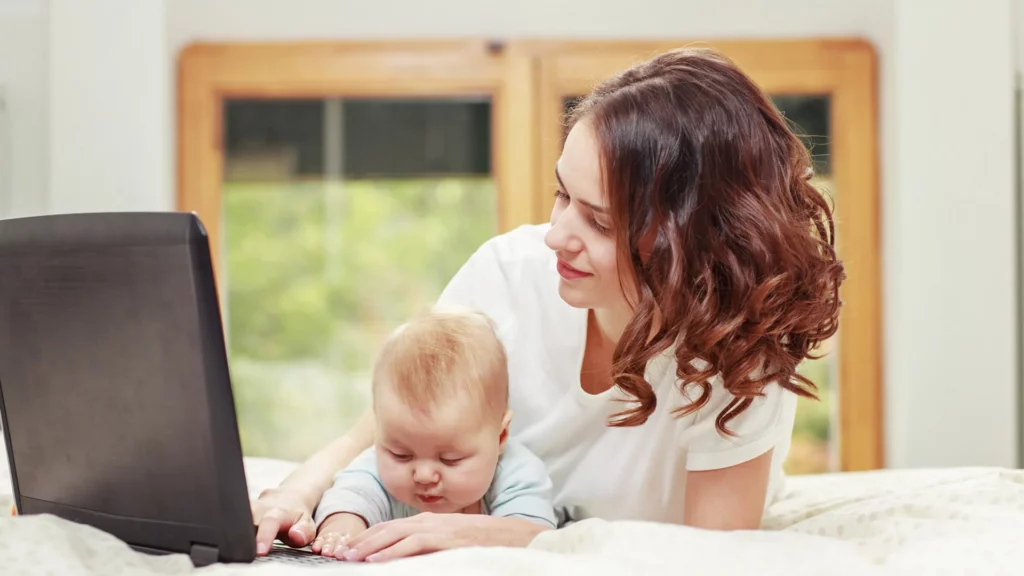
Substrates covered by STANDARD 100 by OEKO-TEX®
The STANDARD 100 by OEKO-TEX® covers all sewing and embroidery threads such as staple spun polyester, poly/poly-corespun, polyester/cotton corespun, trilobal polyester, continuous filament polyester, continuous filament texturised polyester and continuous filament nylon 6. The certificate also approves cotton threads for special applications and bonded threads for fusible or glazed versions of the above mentioned substrates for apparel, footwear and related industries.
Restricted Substances List (RSLs)
At Coats we are the leading thread manufacturer, and we believe our Coats Restricted Substance Lists (both our Products RSL and and our Manufacturing RSL) are the most stringent in the textile industry.
We take on board what our brands restricted substances are, so we ensure that our customers individual chemical requirements are met and included on the Coats RSL. Every year we are ensuring the most stringent of standards, as our customers’ lowest permitted chemical limits become our limits. When requested by our customers, we provide detailed safety data sheets, including the identification of hazardous chemicals for any of our products.
From our experience of interacting with brands, retailers and manufacturers across the world, it is clear that many industry players already have compliance high on their agendas and are investing to improve standards globally. There are many outstanding initiatives in action as, for example many companies are now committing to eliminate hazardous chemicals from their supply chains.
At Coats, we strongly believe that compliance adds sustainable value to our business and by extension, to our customers’ businesses. We are proud of our achievements to date and are committed to continuous improvement.
Product safety
We are committed to ensuring the safety of our end consumers when using our products. As a result we continually respond to feedback on product performance and continue to work with our suppliers to ensure the safety of our raw materials and product components.
Our aim is to maintain zero incidence of product safety related issues, and our goal is to successfully achieve that year on year. We continue to review the risks associated with our existing and new product lines and product safety is an important issue in new product development.
Coats’ Product Safety programme ensures that all products supplied to the customer are safe to use and do not contain any potentially allergenic or harmful substances. The programme is underpinned by rigorously enforcing our Coats MRSL.
Coats RSL
We maintain a Restricted Substances List (RSL) which incorporates the requirements of all the major internationally recognised environmental standards and legal regulations (for example REACH, Oeko-Tex, The State of California’s Proposition 65, CPSIA) as well as our customers’ and brands’ own restricted substances lists, and industry lists such as ZDHC and bluesign®. It extends to some 900 chemicals and all of our suppliers are required to comply with it. It is rigorously enforced. We believe that Coats Manufacturing Restricted Substances List (CMRSL) is the most comprehensive RSL in the textile industry and it has been referenced by other organisations as best practice. In 2019, we introduced an additional Restricted Substances List which is particularly applicable to packaging materials, following guidelines issued by the AFIRM Group. All suppliers of packaging and make-up materials must comply with the limits which are set out in this standard.
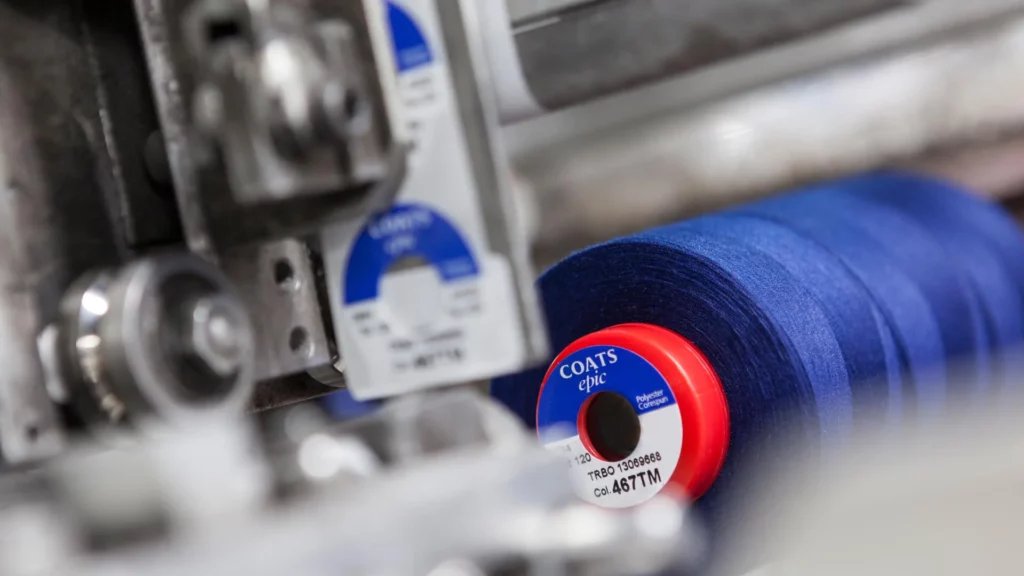
In 2012, we placed a ‘Usage ban’ in our CRSL on all of the 14 hazardous chemicals identified by ZDHC. These chemical groups are: AP & APEOs, Chlorobenzenes & Chlorotoluenes, Chlorophenols, Azo dyes, Carcinogenic dyes, Banned Disperse dyes, Flame retardants, Glycols, Halogenated solvents, Organotin compounds, Perfluorinated & polyfluorinated chemicals (PFCs), Phthalates, Poly aromatic hydrocarbons (PAHs) and Volatile organic compound (VOCs). We worked with our suppliers who used some of these substances in the production of our process chemicals to first of all identify them in their base chemicals and intermediates, and then systematically purge them from their supply chain.
For example, in June 2012 we found very low, but detectable levels of one of these ‘priority chemicals’ – an alkyl phenol ethoxylate (APEO) – on one of our thread products. APEOs, although commonly found in washing and cleaning products, are becoming banned since they are endocrine disruptors in humans and animals. Although the measured amount of APEO in this thread product was well below the current industry limits, we immediately tracked down the APEO source and worked with the raw material supplier to replace the non-compliant spin finish with an APEO-free alternative.
In 2014 we embarked on a project to replace all long chain perfluorinated chemicals (PFCs) used in our water resistant products with less harmful ‘C6’ perfluorinated chemicals. Extensive trials were carried out on a number of products to achieve optimal performance and with no deterioration after prolonged use. We completed the transition from C8 to C6-based PFCs before the end of Q3 2014, thus, we have eliminated from our supply chain all traces of two of the most persistent carcinogens associated with water resistant textile finishes – Perfluorooctanesulfonic acid (PFOS) and Perfluorooctanoic acid (PFOA). C6-based chemicals were replaced by C4-PFCs or non-PFC chemicals in 2017 and any remaining C4-PFC chemicals are now being phased out. A phased approach was adopted for the elimination of PFCs, as (i) the chemical industry took some time to respond to the need for fluorine-free, durable, anti-wick finishes and (ii) it was important that any performance differences in the end product were not observed by the end-user.
These are just some of the ways our CRSL is setting industry standards.
Better Cotton Initiative (BCI)
Better Cotton Initiative (BCI), a global not-for-profit, is the world's largest cotton sustainability programme.
BCI aims to transform cotton production worldwide, by addressing the negative impacts of cotton growing and processing. As a BCI member, Coats is part of a global community sharing in this commitment. Through its work with a diverse range of stakeholders across the supply chain, BCI promotes continuous improvements that are measurable for the environment, farming communities and the economies of cotton-producing areas. Under the following four aims, BCI is working towards making ‘Better Cotton’ a sustainable mainstream commodity:
- Reduce the environmental impact of cotton production
- Improve livelihoods and economic development in cotton producing areas
- Improve commitment to and flow of Better Cotton throughout supply chain
- Ensure the credibility and sustainability of the Better Cotton Initiative
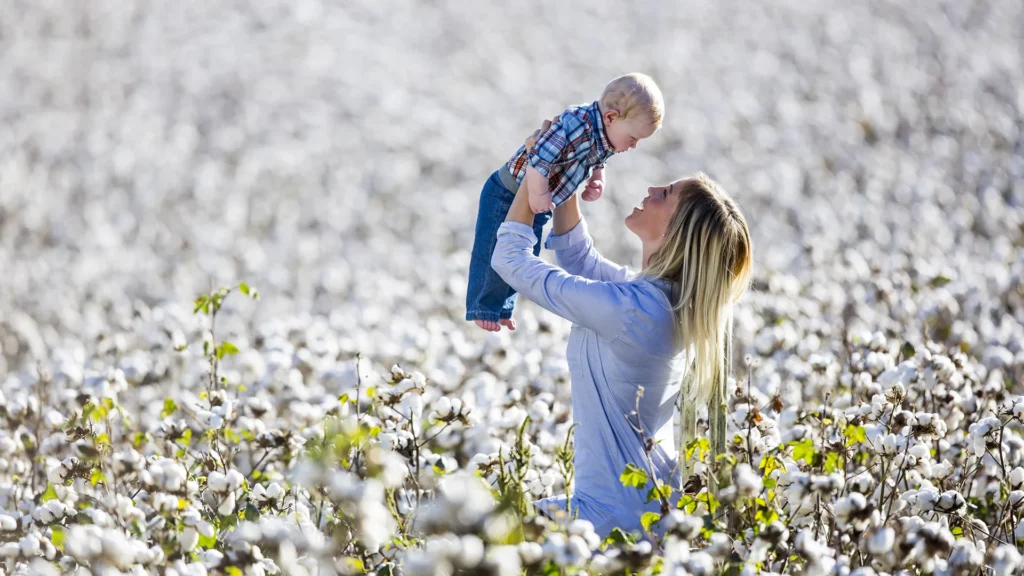
Coats Tre Cerchi Vero+ is Cradle to Cradle™ compliant for its dyes and chemicals.
Cradle to Cradle™ is a standard that ensures that finished products are designed and produced in such a way that the materials used in them can be treated appropriately at end of life, whether it be by recovery and recycling for non renewable materials or through biodegradation for renewable materials. Under this standard the dyes and chemicals in use have to be able to fit the needs of the end of life process for the product and hence have to be carefully chosen.
Standar Daur Ulang Global
The Global Recycle Standard (GRS) was originally developed by Control Union Certifications in 2008 and ownership was passed to the Textile Exchange on 1 January 2011.
The GRS is an international, voluntary, full product standard that sets requirements for third-party certification of recycled content, chain of custody, social and environmental practices and chemical restrictions.
The GRS is intended to meet the needs of companies looking to verify the recycled content of their products (both finished and intermediate) and to verify responsible social, environmental and chemical practices in their production. The objectives of the GRS are to define requirements to ensure accurate content claims and good working conditions, and that harmful environmental and chemical impacts are minimised. This includes companies in ginning, spinning, weaving and knitting, dyeing and printing and stitching in more than 50 countries.
Coats ensures that any facility that processed recycled materials is externally certified to GRS, standards and that any recycled materials that we buy are certified so that we can provide fully certified recycled products.

Global Organic Textile Standard (GOTS)
The Global Organic Textile Standard (GOTS) is an internationally recognised organic textile standard.
Since its introduction in 2006, GOTS has demonstrated its practical feasibility and is supported by the growth in consumption of organic fibres and the demand for unified processing criteria from the industry and retail sectors.
GOTS ensures the organic status of textiles from the harvesting of the raw materials through environmentally and socially responsible manufacturing all the way to labelling, in order to provide credible assurance to the consumer. The standard covers the processing, manufacturing, packaging, labelling, trading and distribution of all textiles made from at least 70 percent certified organic natural fibres. The final fibre products may include, but are not limited to, yarns, fabrics, clothes and home textiles.
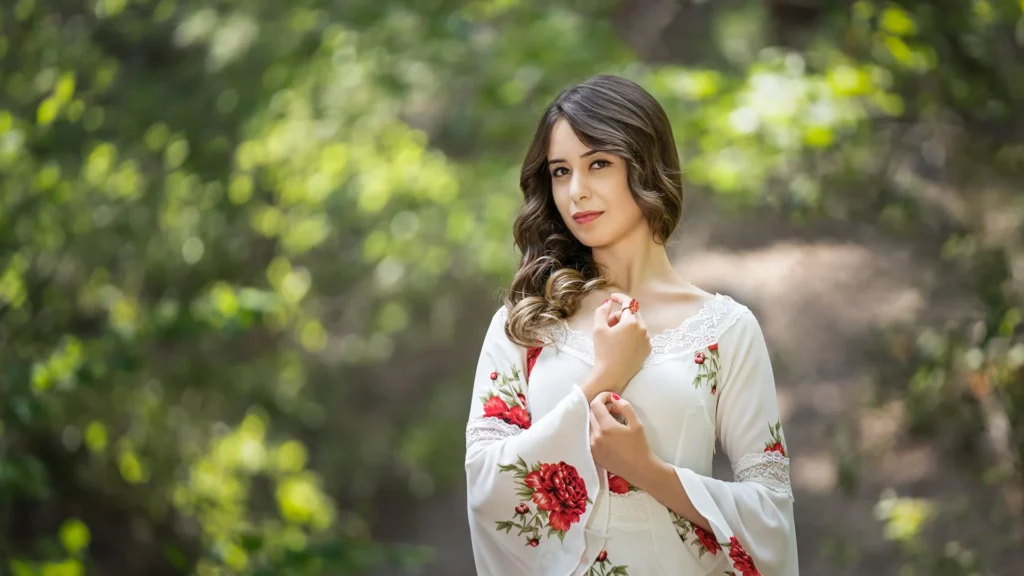
Higg Index
The Higg Index is a suite of tools, developed by the Sustainable Apparel Coalition.
Used to measure and score a company or product’s sustainability performance along the supply chain, the Higg Index provides businesses with a holistic approach towards making improvements for the environment as well as for the social wellbeing of factory workers and local communities.
The Higg Facility Environmental Module (Higg FEM) tool can be used to measure environmental performance at individual factories in a standardized way. Environmental management systems, energy use, greenhouse gas emissions, water use, wastewater, emissions to air (if applicable), waste management, and chemical use and management are measured. At Coats we are proud to say that in 2019, we used the Higg FEM across 11 of our sites already, and reports can be found on the Sustainable Apparel Coalition website. We intend to continue to roll out the Higg FEM across more of our production facilities and continue to make meaningful improvements in sustainability performance.
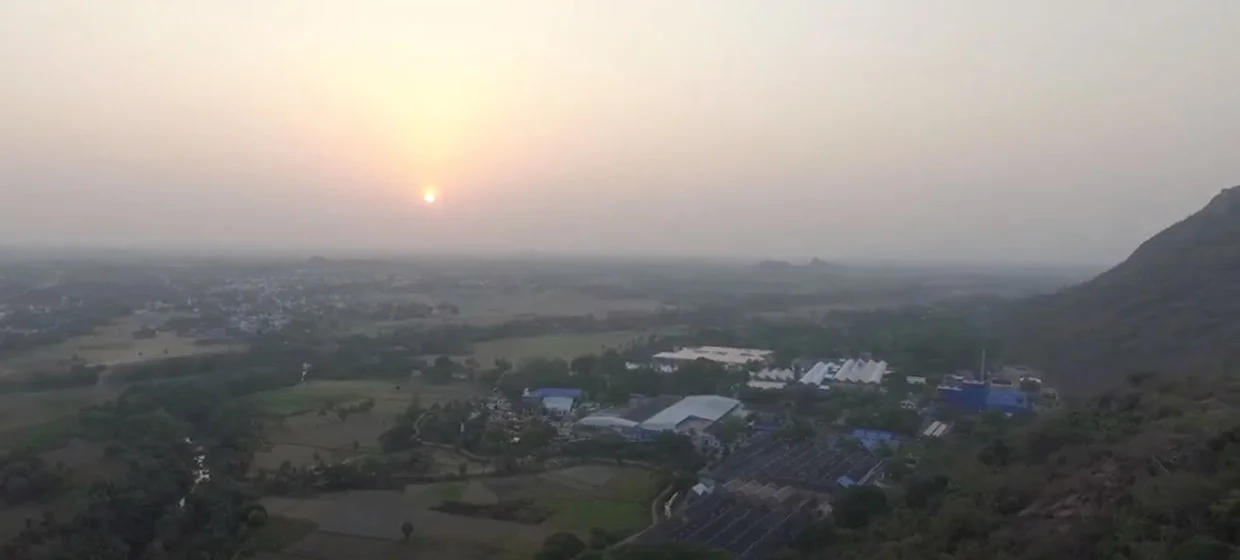
Great Place to Work
Great Place to Work® (GPTW) is the global authority on building, sustaining and recognising high-trust, high performance workplace cultures.
GPTW lead the industry with the most rigorous, data-based model for quantifying employee experience.
The GPTW organisation uses a combination of a trust survey and culture audit to assess whether the culture meets the criteria to be a certified ‘Great Place To Work’. The trust survey measures employee feedback by asking questions on five areas: credibility, respect, fairness, pride and camaraderie, while the culture audit measures what managers do by assessing the people practices at Coats.
Coats have worked with the GPTW organisation for a number of years in Brazil, and with the HR Asia team in Vietnam.
Our goal is to have the employees at all of our key sites covered by the ‘Great Place To Work’ accreditation, or equivalent award, by 2022, covering at least 80% of our employees. After putting the process on hold in 2020 because of the pandemic we restarted is in early 2021 and we are delighted that 14 countries have now been awarded the GPTW certification, ensuring that at the end of 2021, 83% (compared to 6% in 2020) of our employees are covered by the award, far exceeding our target for the year and delivering our 2022 target a year early.
